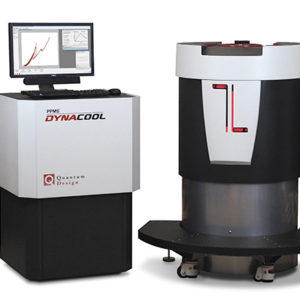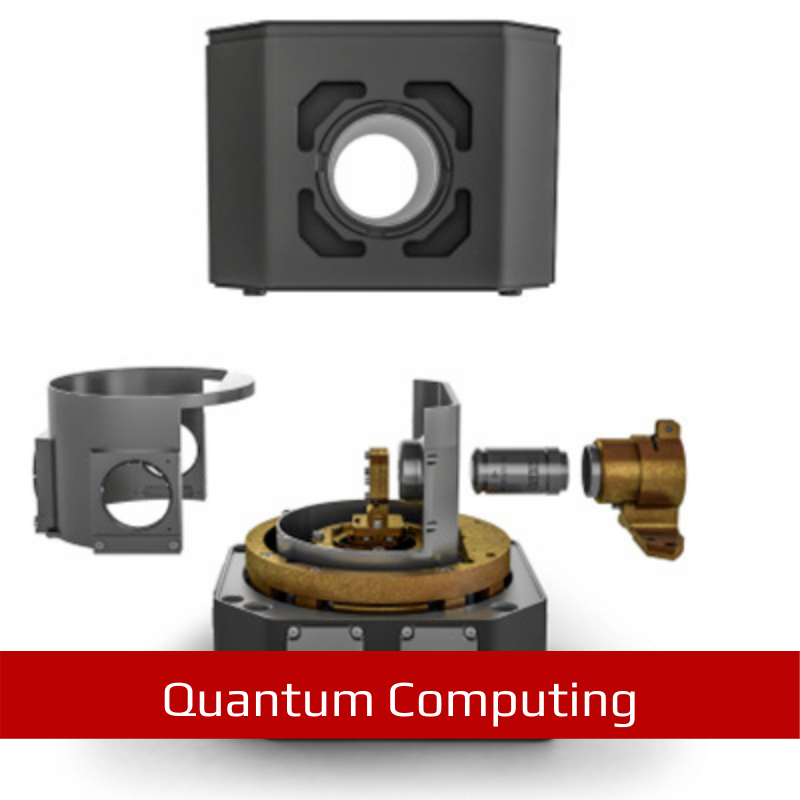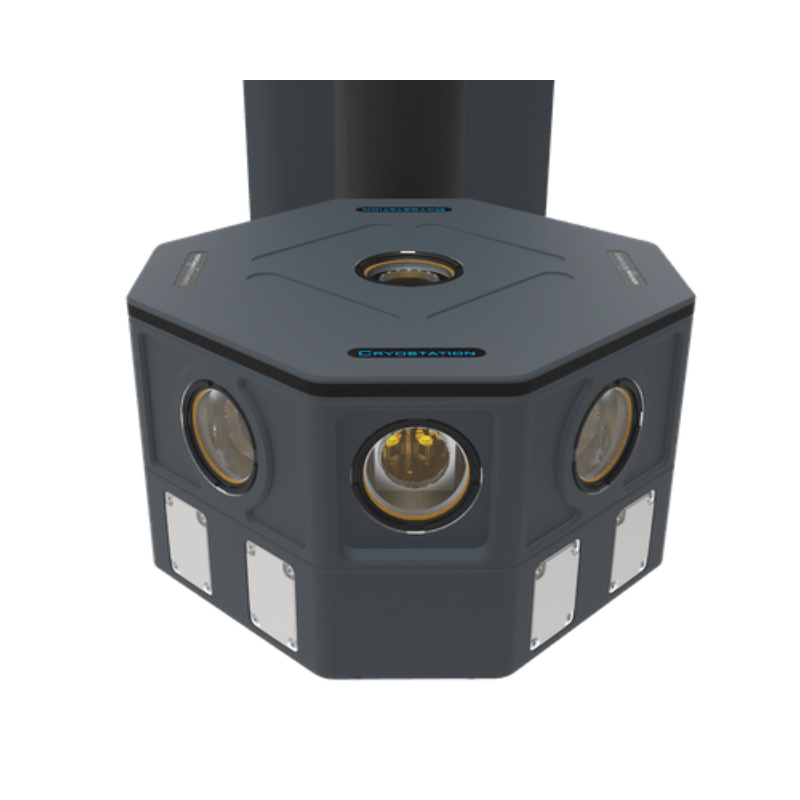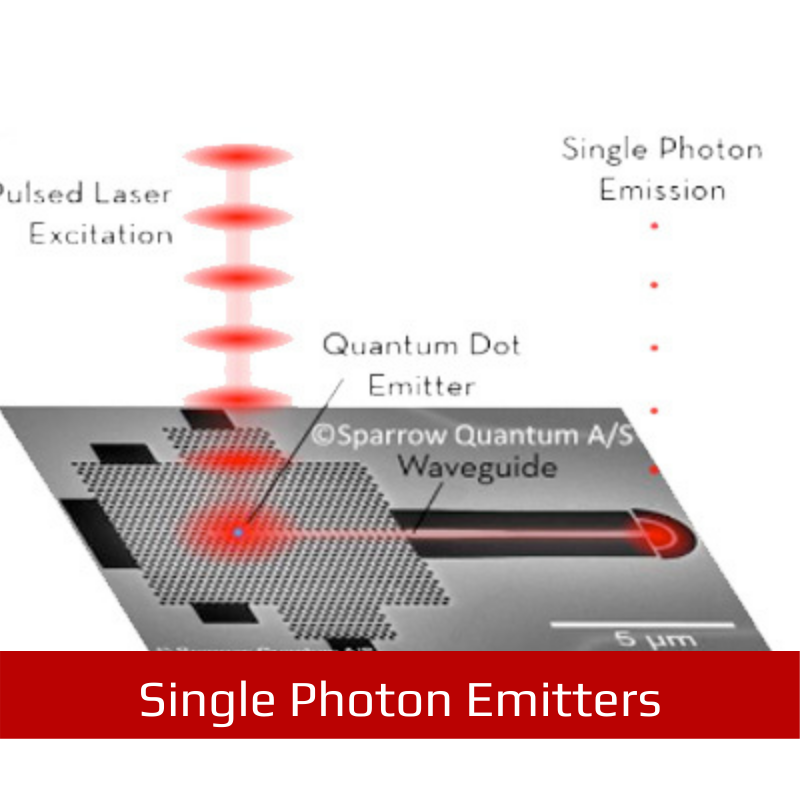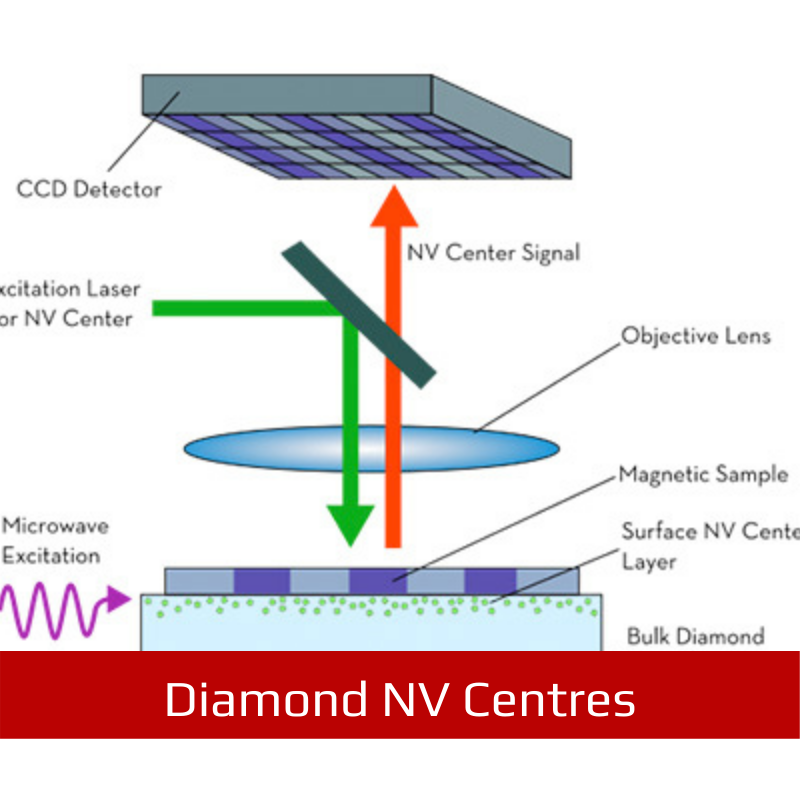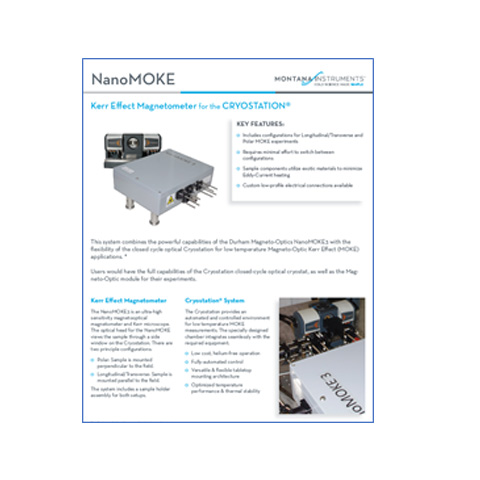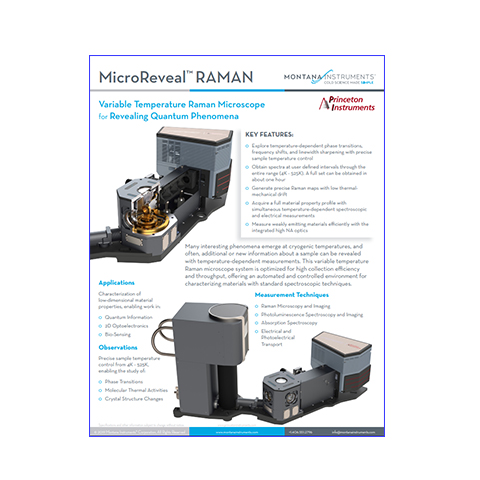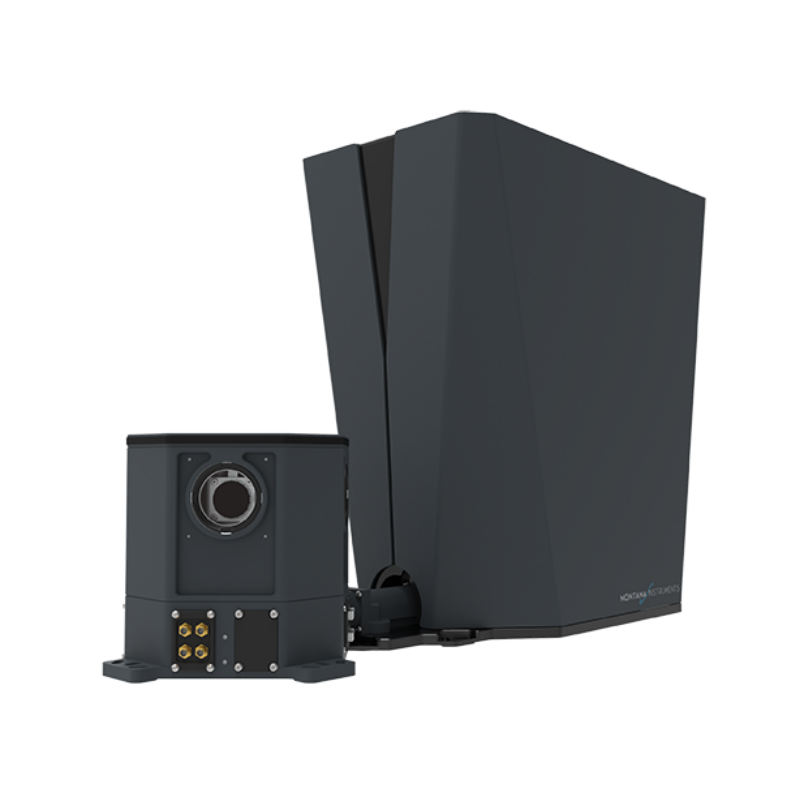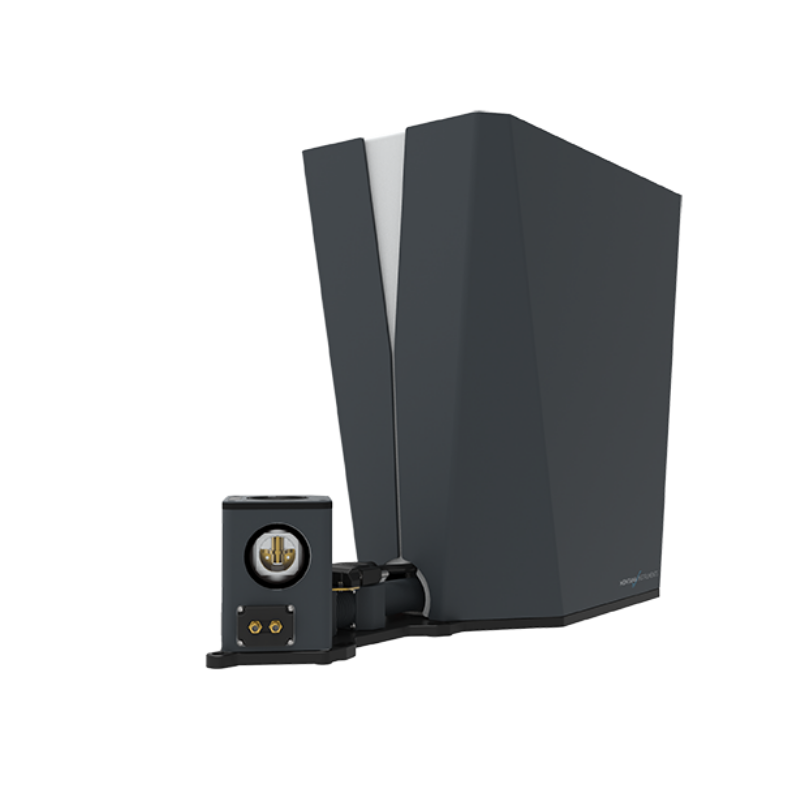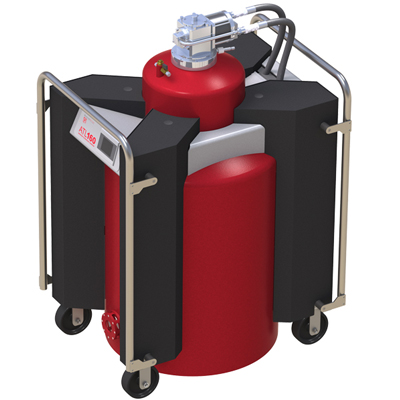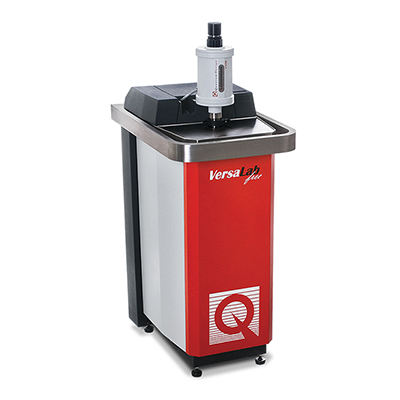- Features
- Models
- Videos
- Downloads
- Applications
- Related Products
- Contact
- Back To Spectroscopy
- Back To Optics
- Back To Hyperspectral
- Back To Cameras
- Back To X-Ray
- Back To Light Measurement
- Back To Characterisation
- Back To Electron Microscopy
- Back To Magnetometry
- Back To Ellipsometers
- Back To Cryogenics
- Back To Lake Shore
Montana Instruments Cryostation Optical Cryostat S200
Closed Cycle Optical Cryostats
Montana Instruments are on a mission – to make cold science simple. Their philosophy is centred on three main principles:
1) Ease of use
2) Ease of access
3) Turn-key operation
All their optical cryostats are cryogen-free and combine low vibration, high temperature stability, low sample drift and superb optical access – making them suited for the most demanding cryogenic experiments.
As the sample space is modular, the user has many options regarding configuration of their experimental setup.
FEATURES
- Cryogen-free
- Low vibration
- High temperature stability
- Low sample drift
- Sample in vacuum
- Table-top mounting architecture
- Fully automated cool-down and warm-up procedures
MODELS
Largest working volume with the ability to integrate components directly onto the cold breadboard platform
Best For: Large cryogenic sample configurations with space for multiple accessories
Tradeoffs: Longer cooldown with slightly higher temperatures
PERFORMANCE DATA
Temperature Range: 3.6K – 350K
Temperature Stability: <20mK
Vibrational Stability: <15nm
Cool Down Time to 4.2K: ~10 hrs
Cooling Power @ Base T: 75 mW
OPTICAL PROPERTIES
Optical Access: 9 optical ports (8 radial + 1 overhead)
Acceptance Angle: 16′ full angle
Working Distance: 17.5 mm horizontal, 7.9 mm vertical
INTERFACING
Electrical Access: 25 user connections, 8 configurable
Interface Side Panels: 4
Thermal Lagging: 6 locations
Temperature Sensors: 2 Calibrated Cernox™
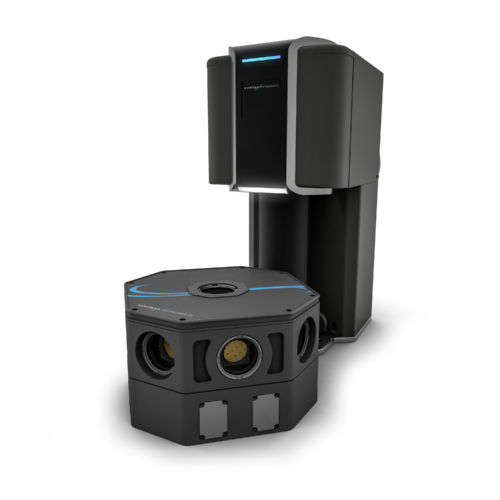
Closed Cycle Optical Cryostat designed for demanding applications in quantum. Featuring an integrated pulse tube cryocooler and achieving >250mW of cooling at 4.2 Kelvin.
Key Features:
– Montana Instruments Low Vibration Technology
– Turn-key solution with automated single push button cooldowns and control
– Add-on modules for integrated high NA objective, nanopositioners, low working distance windows, RF, DC, fiber-optics, and gas feedthroughs





